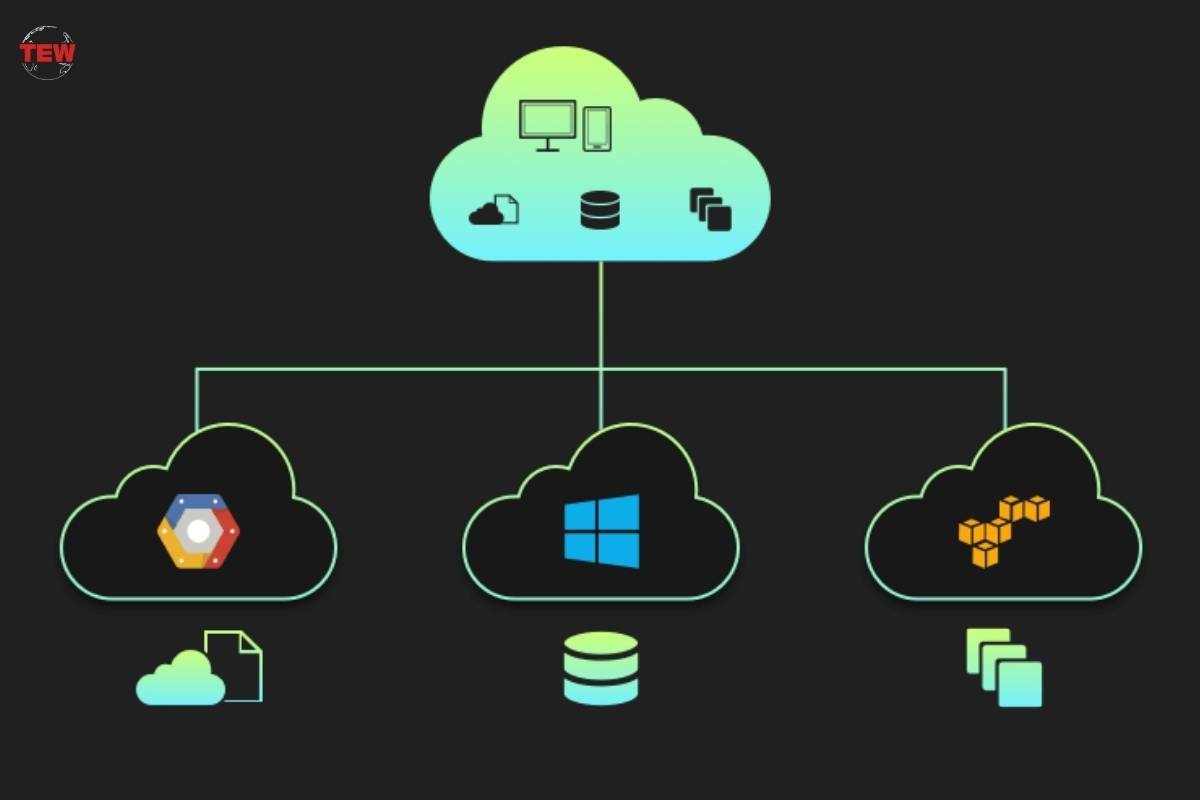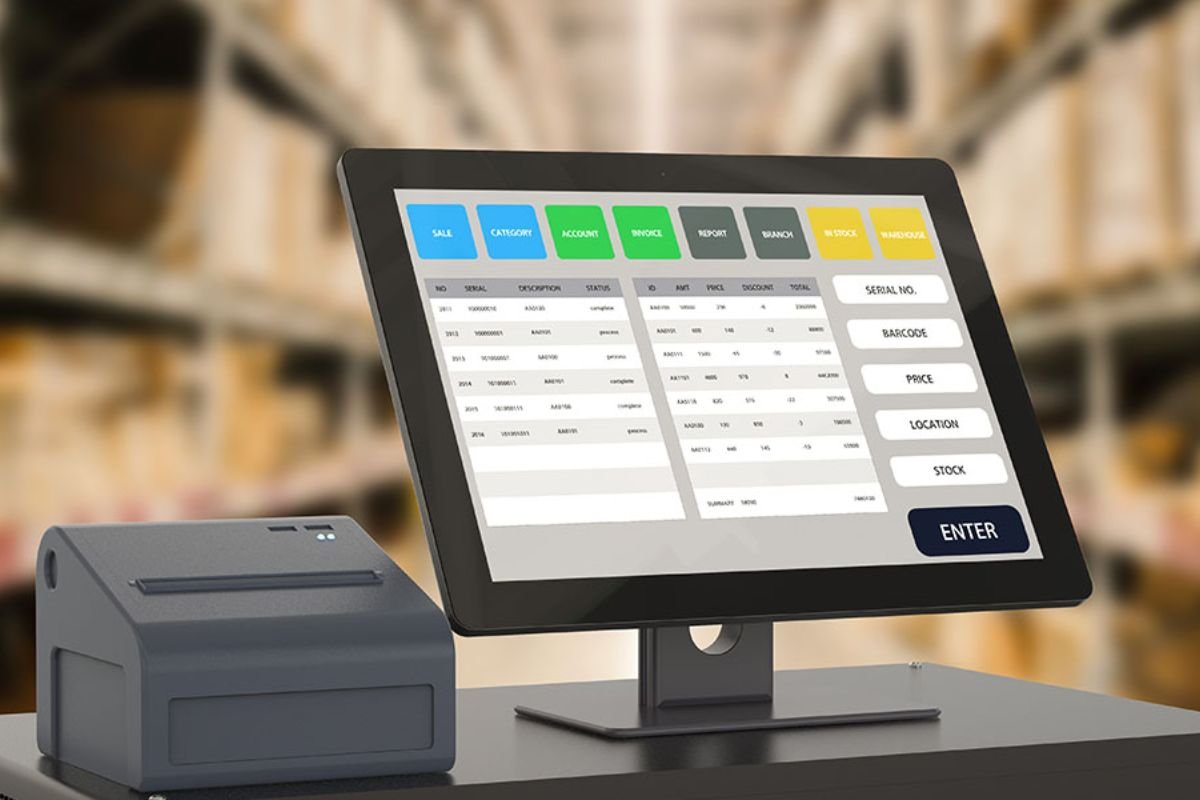What is Scalability and Why is it Important for Cloud Deployments?
Scalability in cloud environments is the ability of a system to manage the load by increasing and decreasing resources in an automatic manner. It is one of the key features of cloud computing, allowing applications to scale towards increasing users, transactions, and data, while still maintaining an acceptable performance level. Scalability is not just a capacity to handle growth in an economical fashion; it is also the ability to enhance efficiency and maximize performance out of network, server, and storage resources.
For a deeper understanding of how scalability can be architected within a complex cloud environment, consider exploring Svitla’s comprehensive article on hybrid cloud architecture diagram. This insightful guide offers detailed visuals and expert explanations on integrating scalable solutions across both private and public clouds, providing a strategic edge in managing and deploying cloud resources effectively. This article is a valuable resource for anyone looking to enhance their cloud infrastructure with scalable, hybrid cloud solutions.
Understand the Difference Between Scalability and Elasticity
Though often these terms are interchanged, they are quite different in cloud computing. Scalability in cloud environments is the ability of a system to augment resources that are added to the increased load. It is a premeditated activity and, in most cases, manual. On the other hand, elasticity is the property of a system by which it can automatically adjust the amount of resources needed in response to changes in the load in a dynamically changing environment. That is, elasticity is the responsiveness of the system and hence is the automatic match of resources to load, but scalability, on the other hand, is the capacity planning that is done for sustained growth.
Key Cloud Architecture Principles

1. Elastic Computing and Dynamic Resource Allocation
Elasticity lies at the core of any scalable cloud architecture, and its resources need to be highly flexible. This can be achieved by, for instance, creating elastic environments in which resources can be altered in a dynamic manner without causing downtime or any performance penalty. Systems need to be able to support dynamic resource allocation algorithms for efficient resource allocation and deallocation as per current demands.
2. Scalability Patterns: Stateless Design and Load Balancer
It is, therefore, very important that stateless design patterns be considered—such that server instances could be started and terminated at any point in time without causing any effect on the global system state. Two other considerations for distributing the loads over multiple resources to maximize system responsiveness and minimize bottlenecks are sharding or partitioning of data and round-robin scheduling of requests.
Tools for Scaling Up: Strategic and Effective Ways
1. Scaling can be facilitated by AWS Auto Scaling, Google
One of the most important features of cloud services automatically develop application monitoring in such a manner that application performance is predictable and steady, with minimum possible cost. An auto-scaling configuration sets trigger events from CPUs, memory demands, or network traffic, directly in the process of scaling.
2. Making your Business Scalable: Containerization and Microservices
Containerization and microservices architectures make applications more scalable. Containers introduce a lightweight method to package an application together with its dependencies, whereas microservices allow the ability to segment an application into small, independently scalable parts. Both these technologies enable parts of applications to scale independently at need, without affecting other components.
Load balancing techniques for cloud computing

1. Types of Load Balancers: Application Load Balancers vs Network Load Balancers
Load balancers distribute incoming network traffic across multiple servers to ensure that no single server is overburdened by excessive demand. Application load balancers distribute traffic at the application level, while network load balancers distribute traffic according to the data sent by the network and transport layer information.
2. Tips for Load Balancing Best Practices in Configuring and Maintaining
Some of the best practices in load balancing include efficient load balancing, properly configured, and constantly maintained health checks to ensure the direction of traffic to operational servers; predictive algorithms implemented for effective balancing; and security measures such as SSL offloading to ensure better performance and security.
Scaling Databases in the Cloud
1. Database Scalability Options: Vertical Versus Horizontal
Databases can scale vertically, such as adding power to an existing machine, or horizontally, such as adding more machines into a pool. These are selected based on different properties of data, traffic patterns, and budget considerations.
2. Operate with Managed Database Services for Reliability and Scalability
The managed database services will have automation in place for the functions of scalability in cloud environments, backup, replication, and recovery. Such services ensure that the databases are well managed, scaling up effectively with applications.
Control of Scalable Cloud Architectures

1. Key Performance Indicators of Scalability
More importantly, it is important that KPIs, from response time to throughput to error rates to resource utilization rates, are monitored in understanding scalability performance. In fact, such metrics help to identify whether the benefits of set scalable systems are being achieved.
2. Tools and Services to Monitor Cloud Resource
Tools such as Amazon CloudWatch, Azure Monitor, and Google Cloud Operations Suite are one-stop solutions for the monitoring of cloud resources and applications. In this way, it is possible to keep track of the health and performance of the application and ensure effective mechanisms for scaling.
FAQ And Answers
Q1: When is the right time to scale my resources?
The right time to scale is very often a function of the combination of predictive scaling policies and real-time monitoring metrics. It’s better to scale your resources well before hitting the limit of the resource capacity to avoid reduction in performance.
Q2: What are common pitfalls in cloud scalability and how can I avoid them?
Common pitfalls that cause inadequacy include provisioning too many resources, underestimation of the complexity of auto-scaling, and the lack of a robust monitoring system. These could have been averted through effective testing, continuous monitoring, and periodic performance assessments.
Q3: How does scalability influence the performance and cost profile of the whole system?
Effective scalability in cloud environments boosts system performance, ensuring resources that meet demand without latency or idle time. This can, however, quickly turn into a very expensive over-provisioning deal when not handled right, so scalability has to work together with cost optimization strategies.
Q4: Can scalability be fully automated, or does it require manual intervention?
Though a large part of scalability in cloud environments can be achieved through automation with intelligent auto-scaling services, there is still the need for manual intervention: changes in strategy and updating scaling policies are typically required for handling the unforeseen issues that the automated systems themselves can’t handle.
This comprehensive view of designing for scalability in cloud environments illustrates how complex and critical this aspect is in modern cloud deployments. Ensuring that the systems can scale and provide flexibility, efficiency, and competitiveness to businesses in the fast digital environment.






